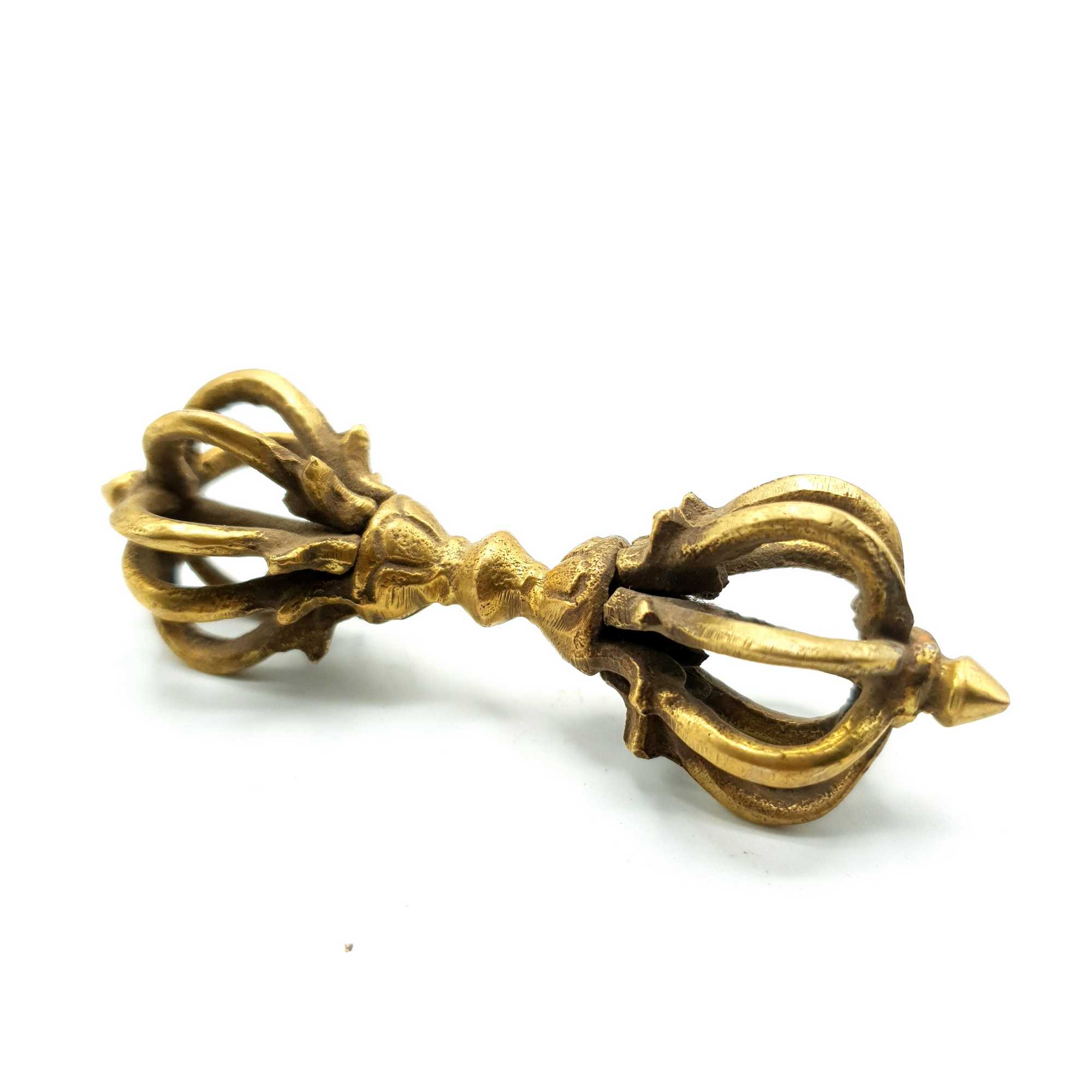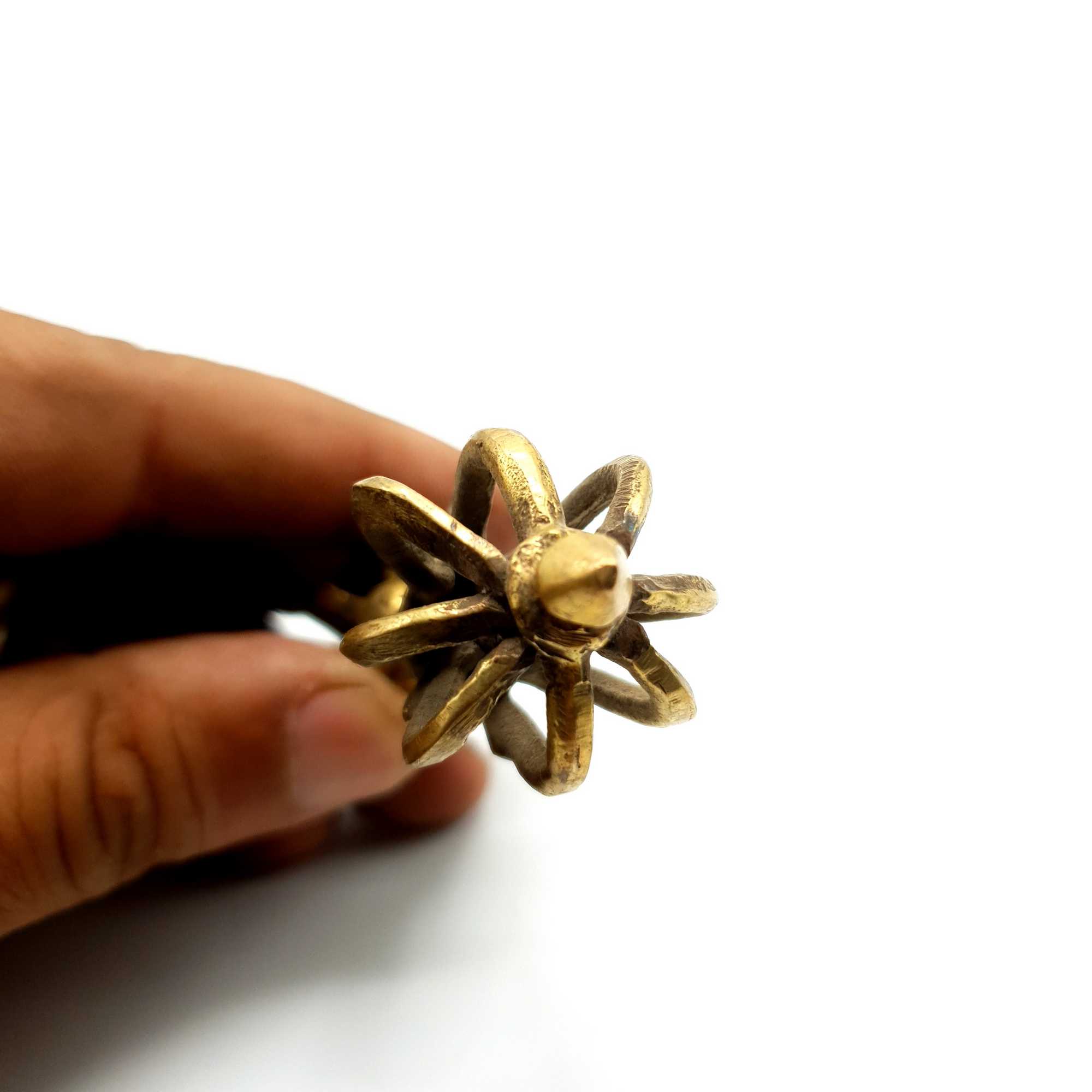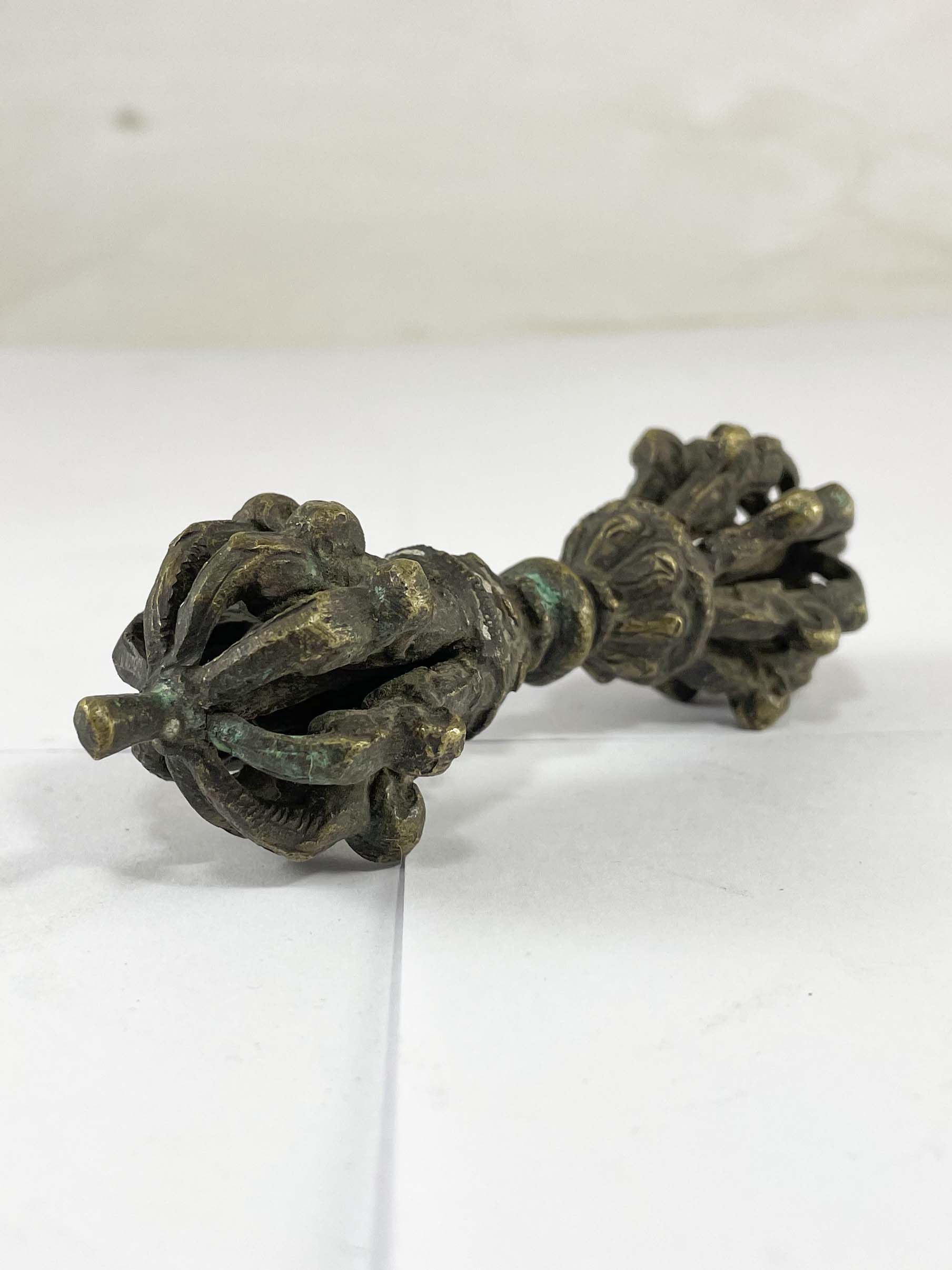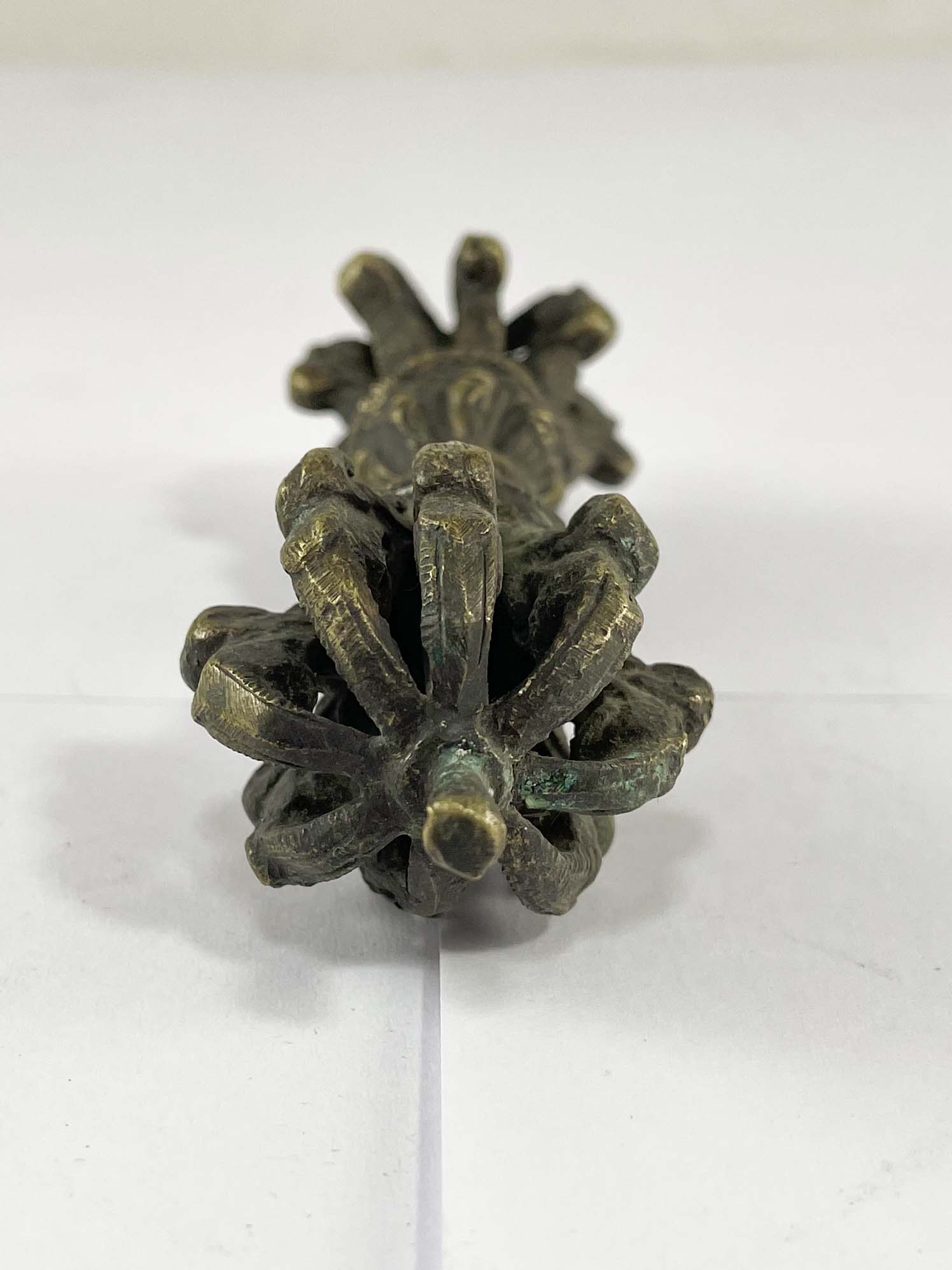Code
HCS23879
Weight
2.393 Kg / 5.28 lbs
Size
Height
24cm (9") Width
24cm (9") Depth
8cm (3") Material
Copper Gold Plated
Availability
Available
Date Added
2021-04-09 04:18:04
Note : We used to sell this product 4 years ago so it may no longer be in our stock.
It is possible that we still have it with our suppliers but the price could be different from before.
Feel free to order. We will verify availability and inform you promptly.
It is possible that we still have it with our suppliers but the price could be different from before.
Feel free to order. We will verify availability and inform you promptly.

Safe Payment
We accept Paypal, Money Transfer, Bank Transfer
Confidence
Protection covers your purchase and personal data.
Worldwide Delivery
We ship Worldwide, except Russia.Shipping cost US$25.2 for upto 0.5 kgs

Hotline
Talk to help line for your question on 9841267335Antique Finishing
This is an antique patina-finished Five Point Double Dorje [vishwa Vajra], [copper Gold Plated], [antique]. This is not an antique statue. It is just an antique patina finish. This Five Point Double Dorje [vishwa Vajra], [copper Gold Plated], [antique] is a testament to the artisan's mastery of the art of aging. Its antique patina has been meticulously crafted to give the appearance of an aged statue, showcasing the artist's unique techniques and skills. Through undisclosed processes and careful aging treatments, the Five Point Double Dorje [vishwa Vajra], [copper Gold Plated], [antique] undergoes a transformation that captures the essence of time and history. Read More . . .
This is an antique patina-finished Five Point Double Dorje [vishwa Vajra], [copper Gold Plated], [antique]. This is not an antique statue. It is just an antique patina finish. This Five Point Double Dorje [vishwa Vajra], [copper Gold Plated], [antique] is a testament to the artisan's mastery of the art of aging. Its antique patina has been meticulously crafted to give the appearance of an aged statue, showcasing the artist's unique techniques and skills. Through undisclosed processes and careful aging treatments, the Five Point Double Dorje [vishwa Vajra], [copper Gold Plated], [antique] undergoes a transformation that captures the essence of time and history. Read More . . .
Process: Sand Casting
This Five Point Double Dorje [vishwa Vajra], [copper Gold Plated], [antique] has been created using the sand casting system, also known as sand molding casting. This widely employed manufacturing process utilizes a sand mold to produce metal products and components in various sizes and shapes. Sand casting holds significant popularity in the industry, accounting for approximately 60% of all metal castings. The sand casting process involves six primary steps. First, a pattern or replica of the desired sculpture, in this case, Five Point Double Dorje [vishwa Vajra], [copper Gold Plated], [antique], is created using a material like wood or metal. The pattern is then placed in a flask, which is a box-like structure divided into two halves. The next step involves packing the flask tightly with specially formulated molding sand, creating a mold cavity that matches the shape of the pattern. The pattern is subsequently removed, leaving behind a negative impression of the sculpture within the sand mold. Read More . . .
This Five Point Double Dorje [vishwa Vajra], [copper Gold Plated], [antique] has been created using the sand casting system, also known as sand molding casting. This widely employed manufacturing process utilizes a sand mold to produce metal products and components in various sizes and shapes. Sand casting holds significant popularity in the industry, accounting for approximately 60% of all metal castings. The sand casting process involves six primary steps. First, a pattern or replica of the desired sculpture, in this case, Five Point Double Dorje [vishwa Vajra], [copper Gold Plated], [antique], is created using a material like wood or metal. The pattern is then placed in a flask, which is a box-like structure divided into two halves. The next step involves packing the flask tightly with specially formulated molding sand, creating a mold cavity that matches the shape of the pattern. The pattern is subsequently removed, leaving behind a negative impression of the sculpture within the sand mold. Read More . . .
About Double Dorje :
The double vajra or crossed vajra is formed from four lotus-mounted vajra heads that emanate from a central hub towards the four cardinal directions and symbolizes the principle of absolute stability. In the cosmographic description of Mount Meru a vast crossed vajra supports and underlies the entire physical universe. Similarly in the representation of the mandala, a vast crossed vajra serves as the immoveable support or foundation of the mandala palace and here the central hub of the vajra is considered to be dark blue in color with the four heads colored to represent the four directions-white (East), yellow (South), red (West) and green (North). These also correspond to the five elements and the buddhas of the five families with blue Akshobhya in the center.
It's also an emblem of the green buddha of the north, Amoghasiddhi, and represents his all-accomplishing wisdom as lord of the karma family of activity.
The raised throne upon which masters are seated when teaching is traditionally decorated on the front by a hanging square of brocade displaying the image of a crossed vajra in the centre, often with four small swastikas in the corners. This emblem represents the unshakeable ground or reality of the Buddha's enlightenment.
The raised throne upon which masters are seated when teaching is traditionally decorated on the front by a hanging square of brocade displaying the image of a crossed vajra in the centre, often with four small swastikas in the corners. This emblem represents the unshakeable ground or reality of the Buddha's enlightenment.


![Five Point Double Dorje [vishwa Vajra], [copper Gold Plated], [antique]](https://handicraftseller.com/uploads/pics/product/thumb/2021/04/23879.jpg)
![Five Point Double Dorje [vishwa Vajra], [copper Gold Plated], [antique]](https://handicraftseller.com/uploads/pics/product/thumb/2021/04/23879_0.jpg)
![Five Point Double Dorje [vishwa Vajra], [copper Gold Plated], [antique]](https://handicraftseller.com/uploads/pics/product/thumb/2021/04/23879_1.jpg)
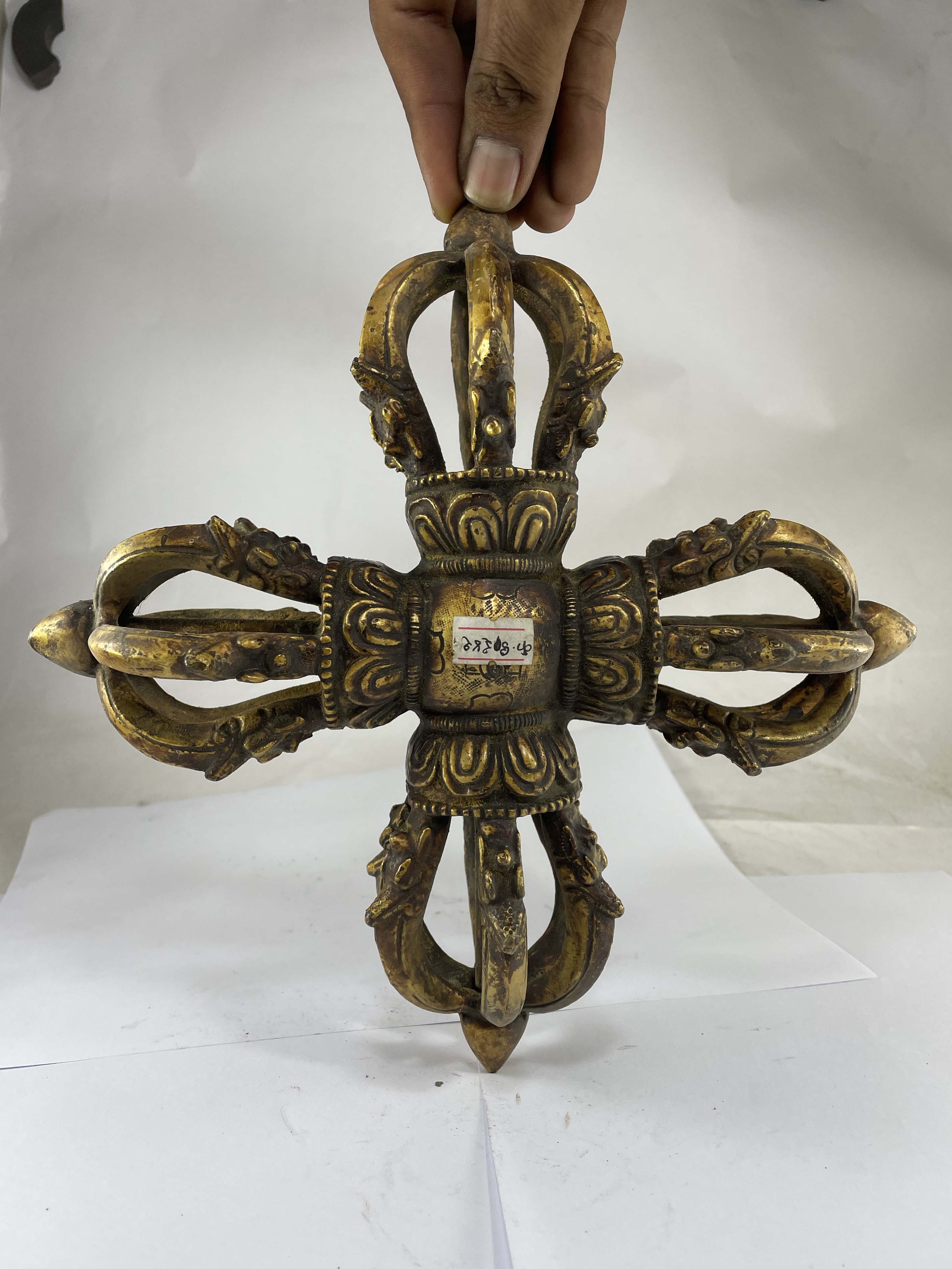
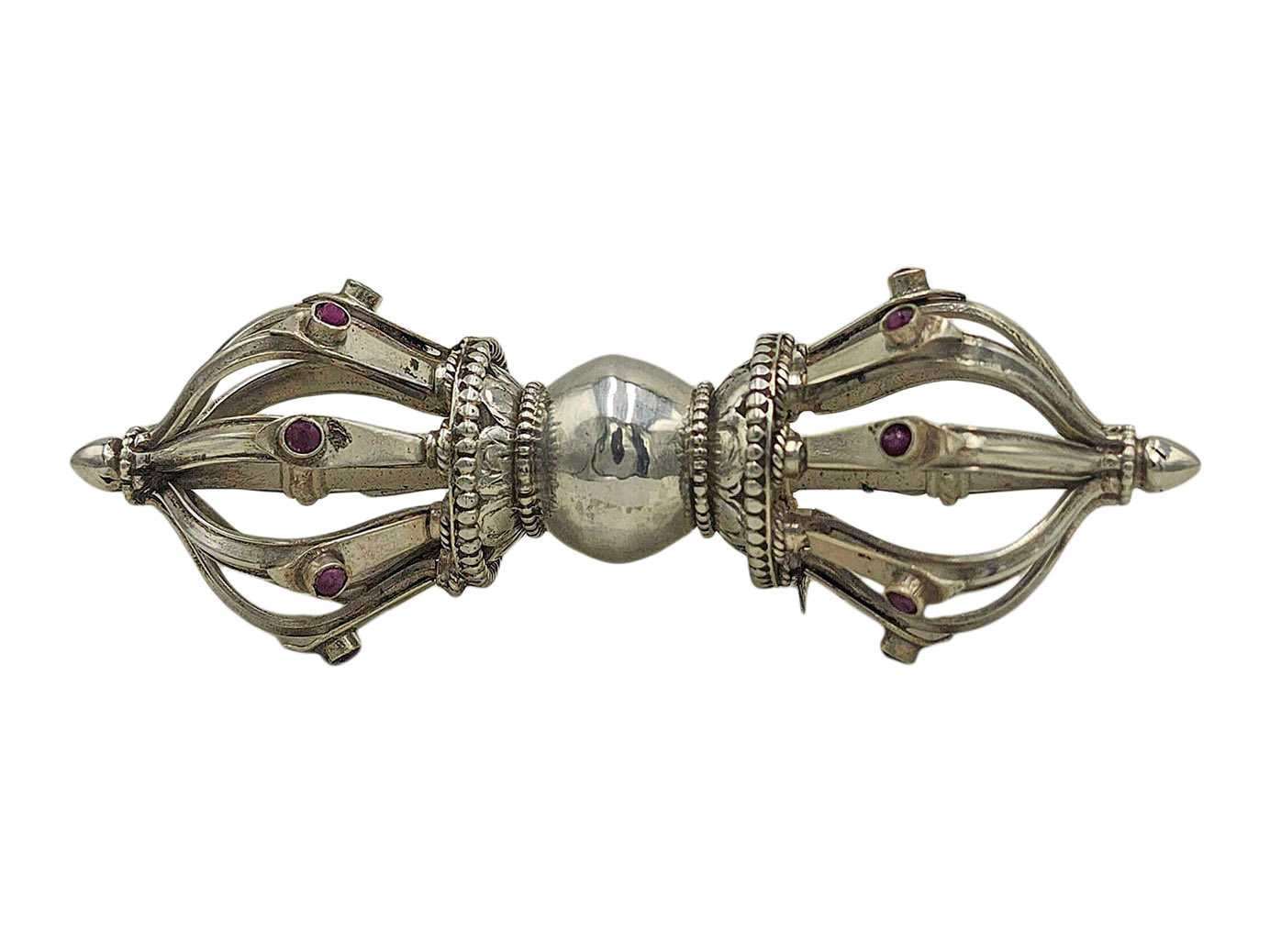 Vajra
Vajra 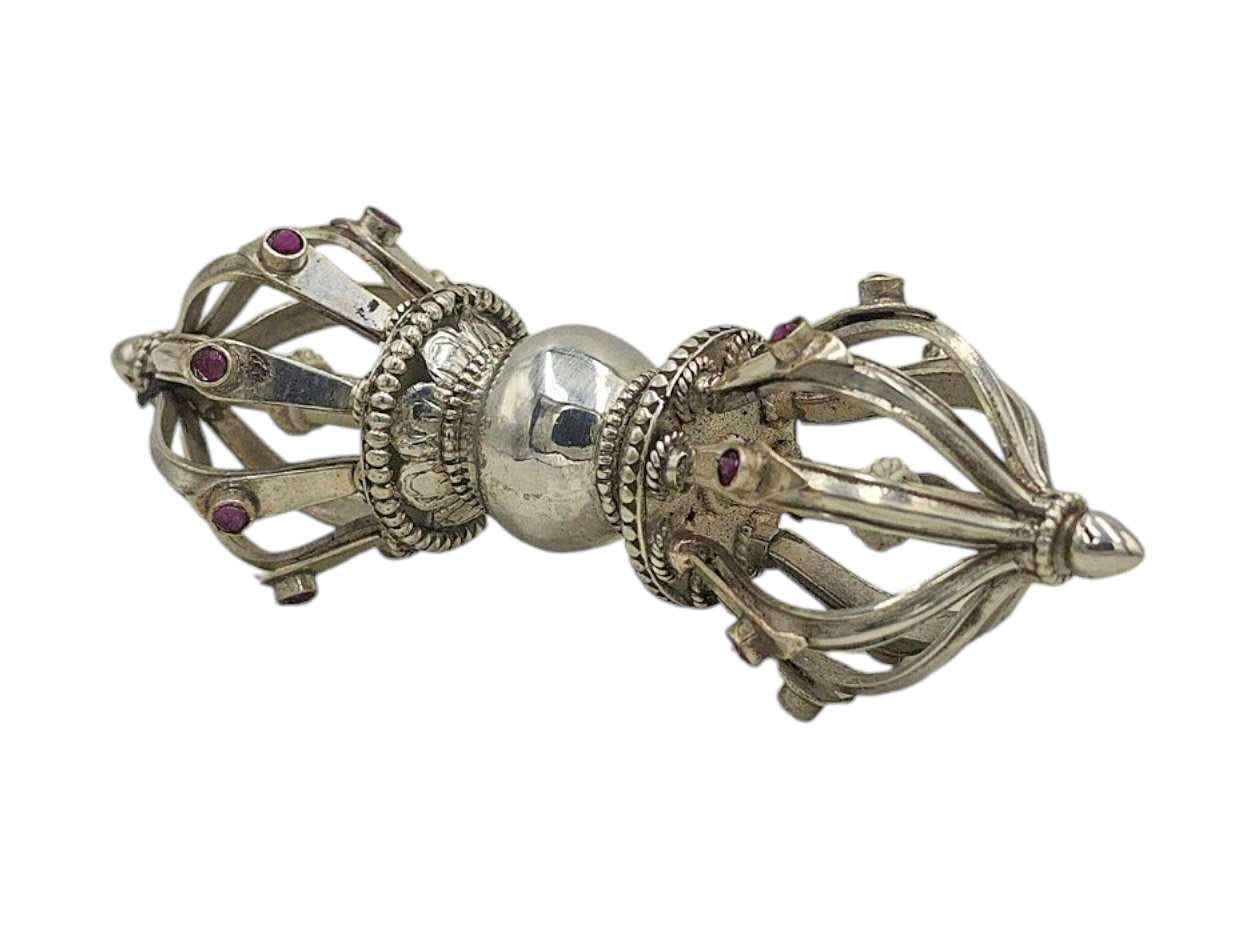 Vajra
Vajra 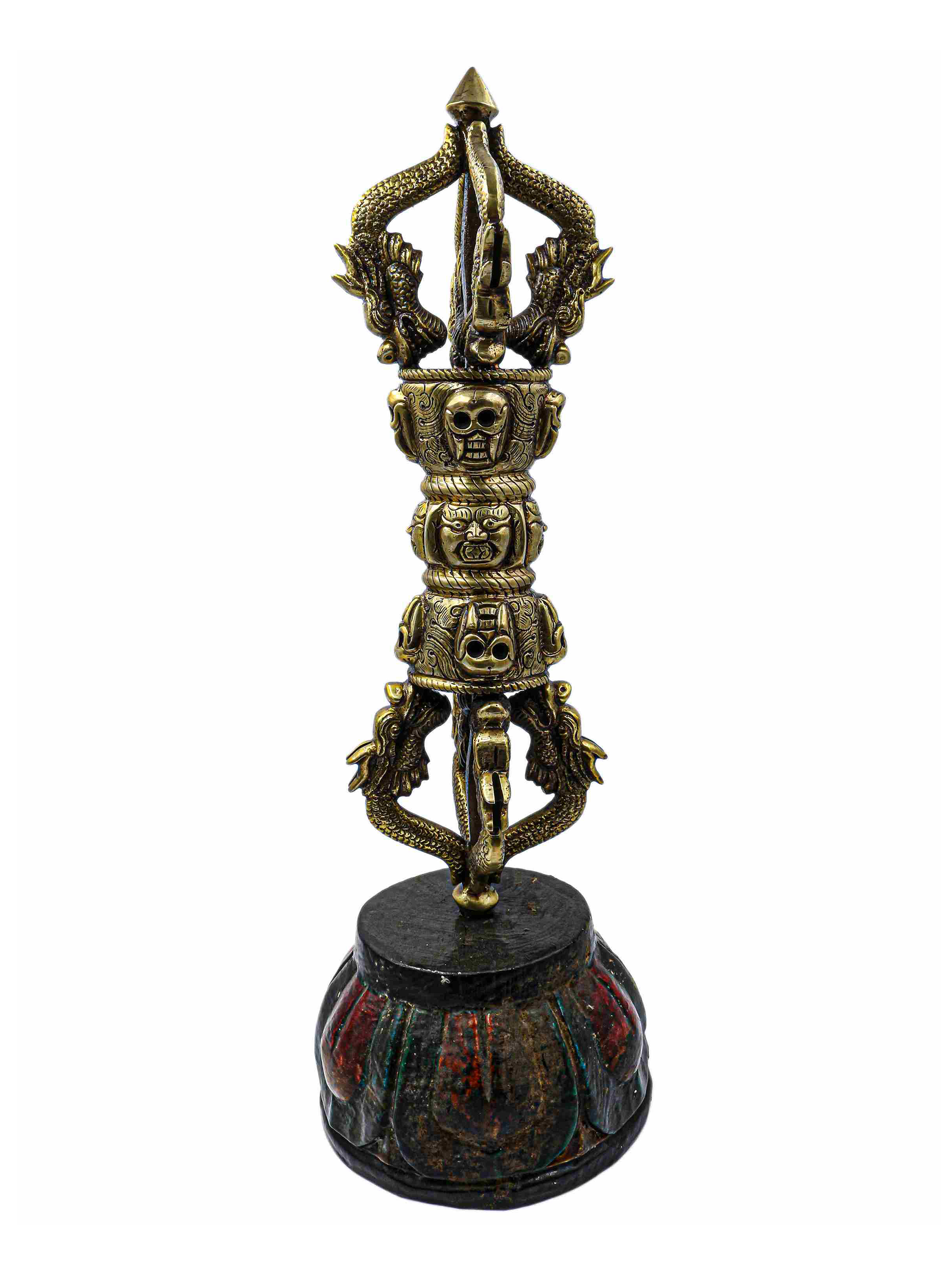 High Quality, Bronze Dorje
High Quality, Bronze Dorje  High Quality, Bronze Dorje
High Quality, Bronze Dorje 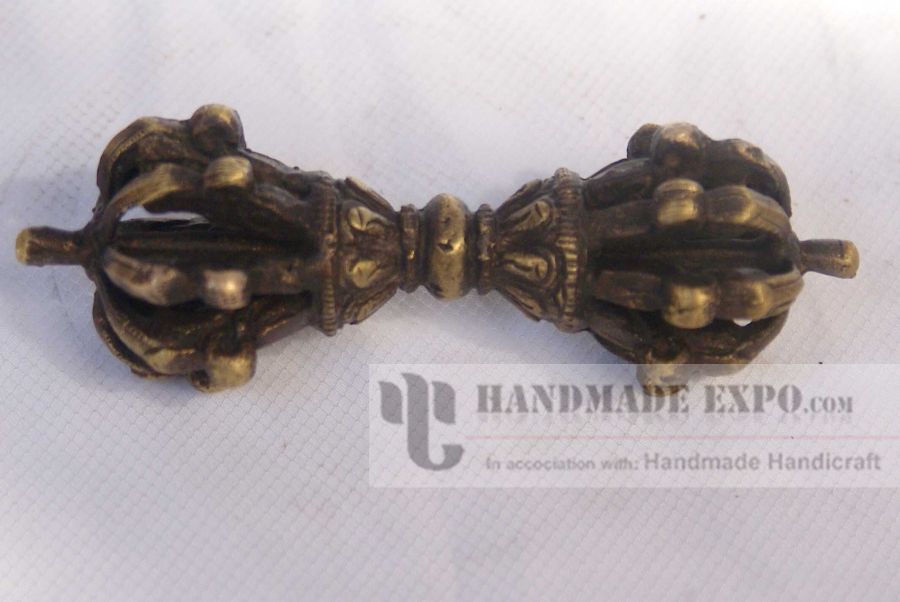
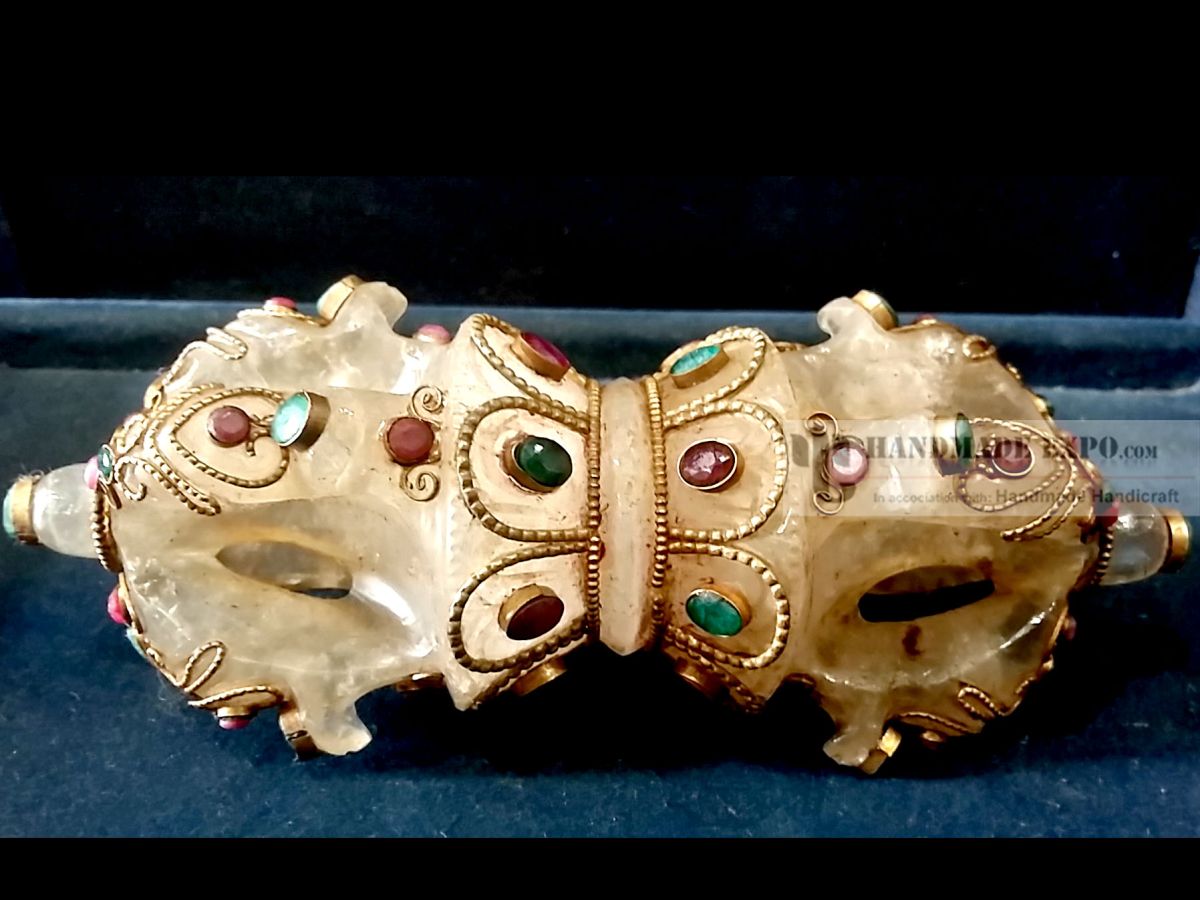 with Stone Setting" title="Semi Clear Crystal- Dorje
with Stone Setting" title="Semi Clear Crystal- Dorje 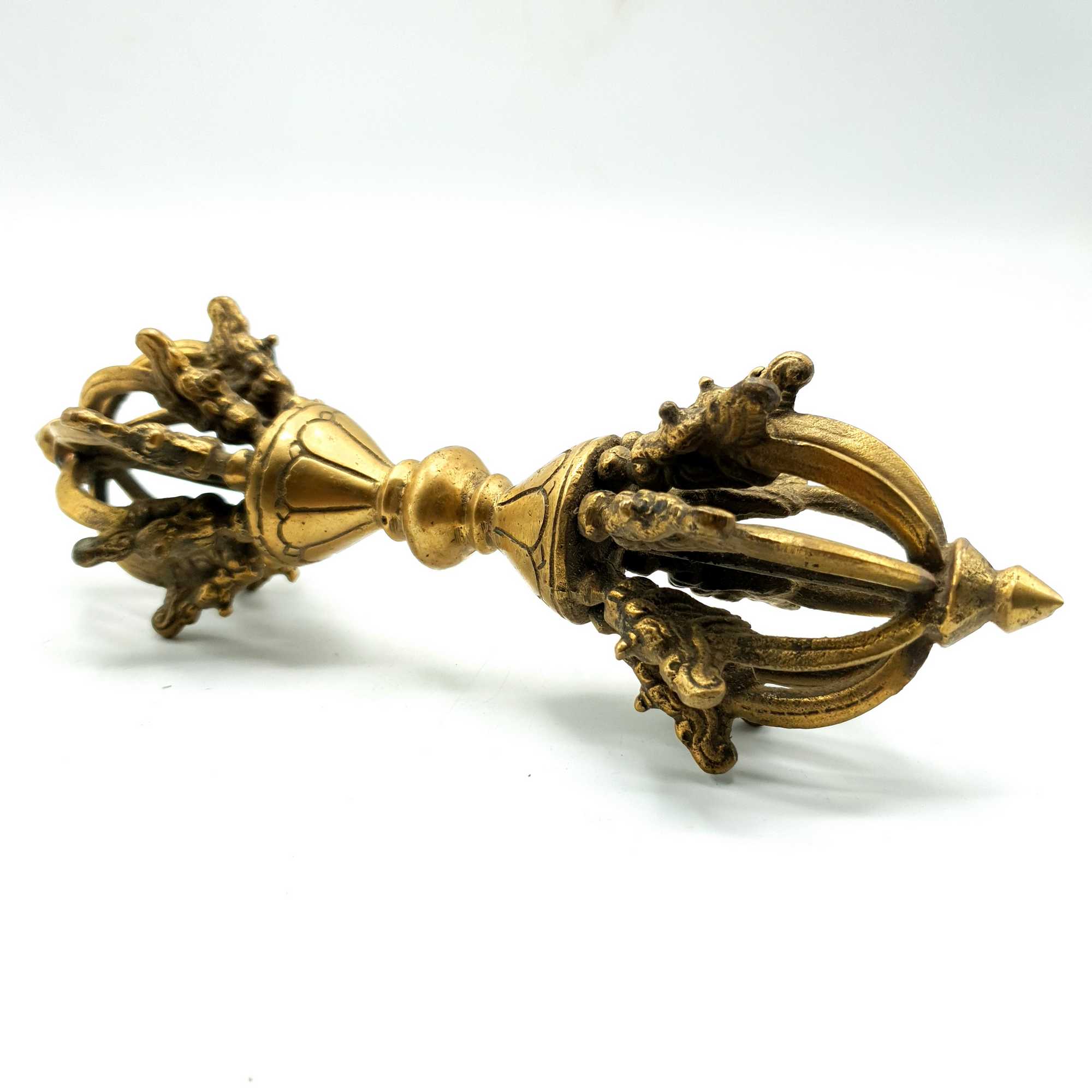
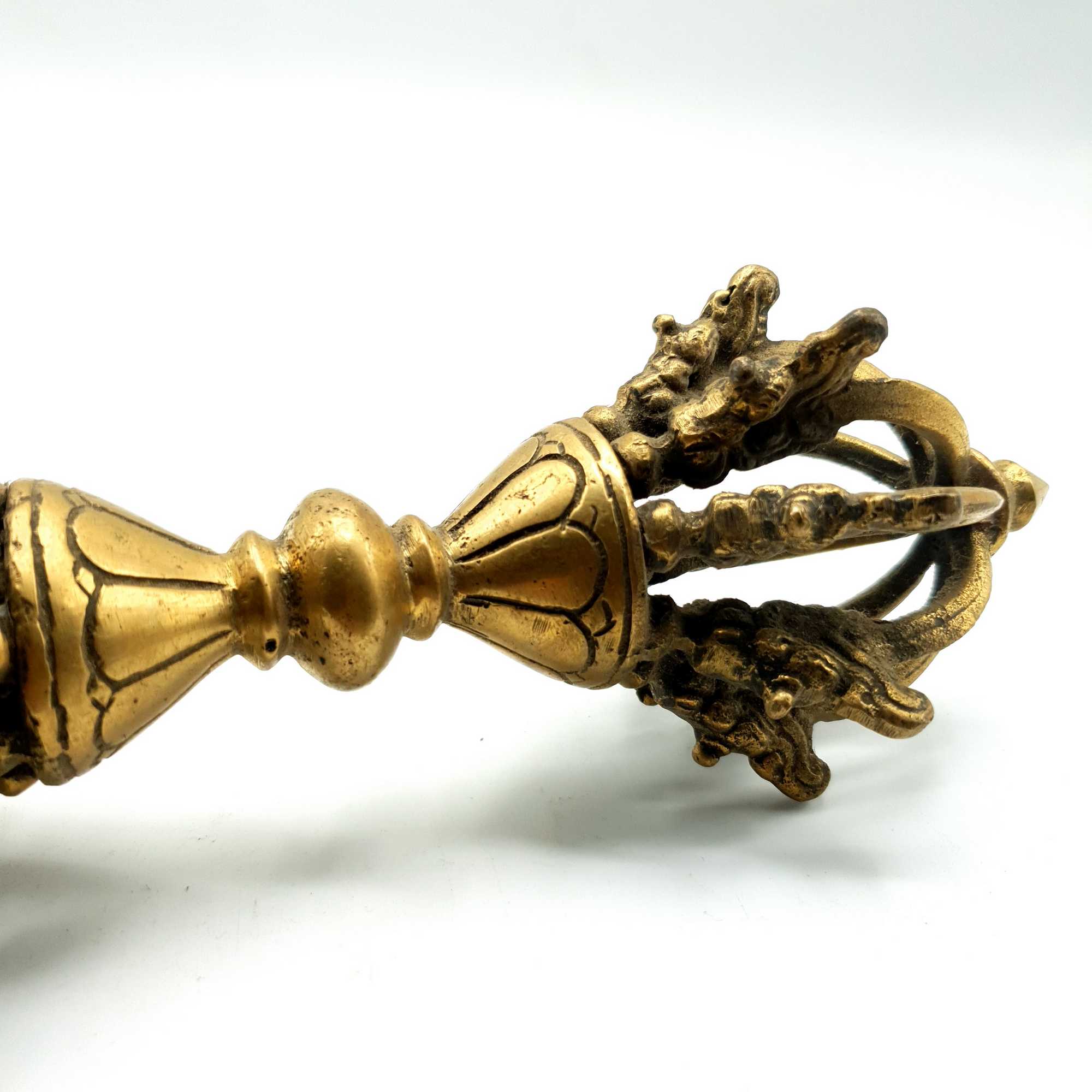
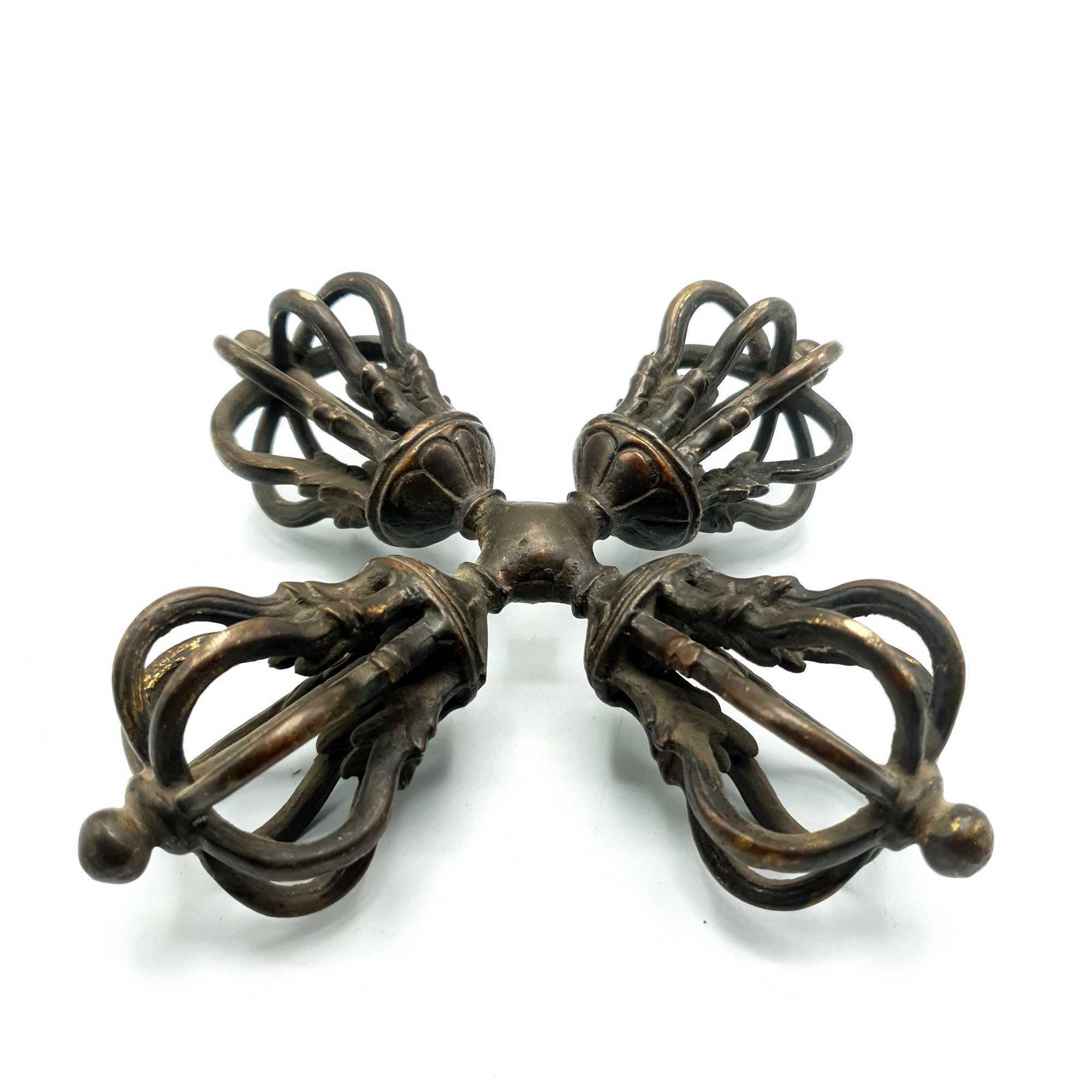 Vishwa Vajra In Chocolate Oxidation" title="Five Point Double Dorje
Vishwa Vajra In Chocolate Oxidation" title="Five Point Double Dorje 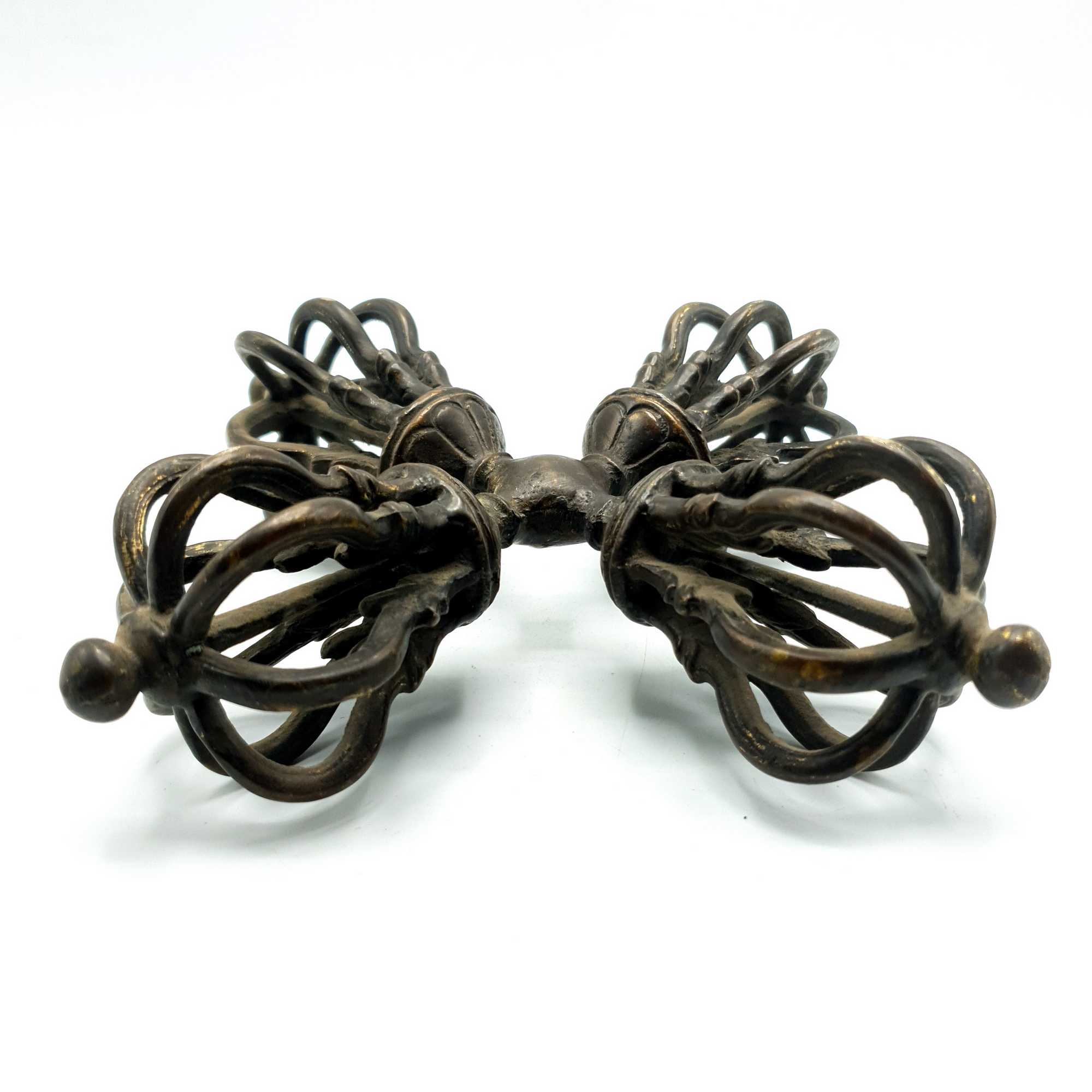 Vishwa Vajra In Chocolate Oxidation" title="Five Point Double Dorje
Vishwa Vajra In Chocolate Oxidation" title="Five Point Double Dorje 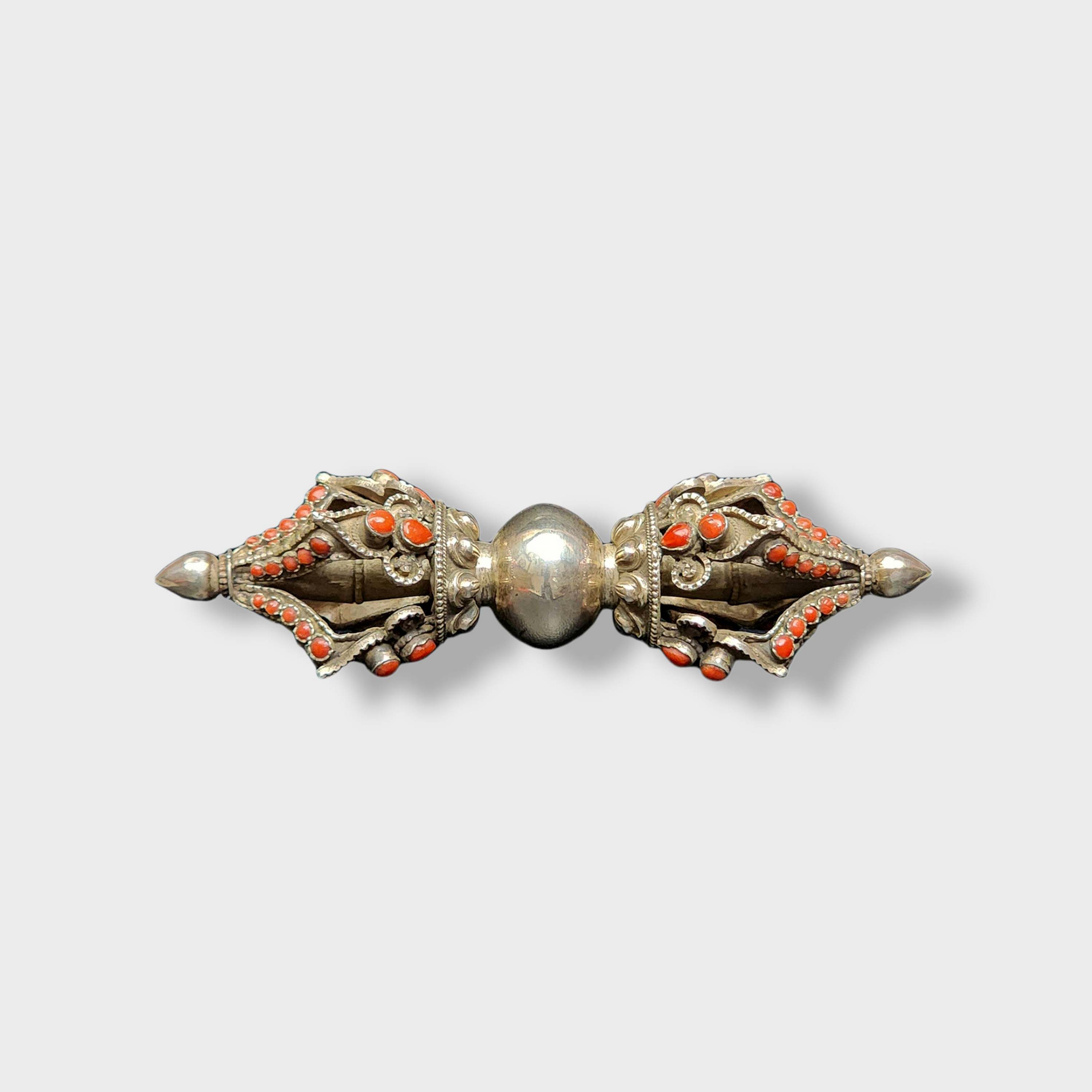 Vajra
Vajra 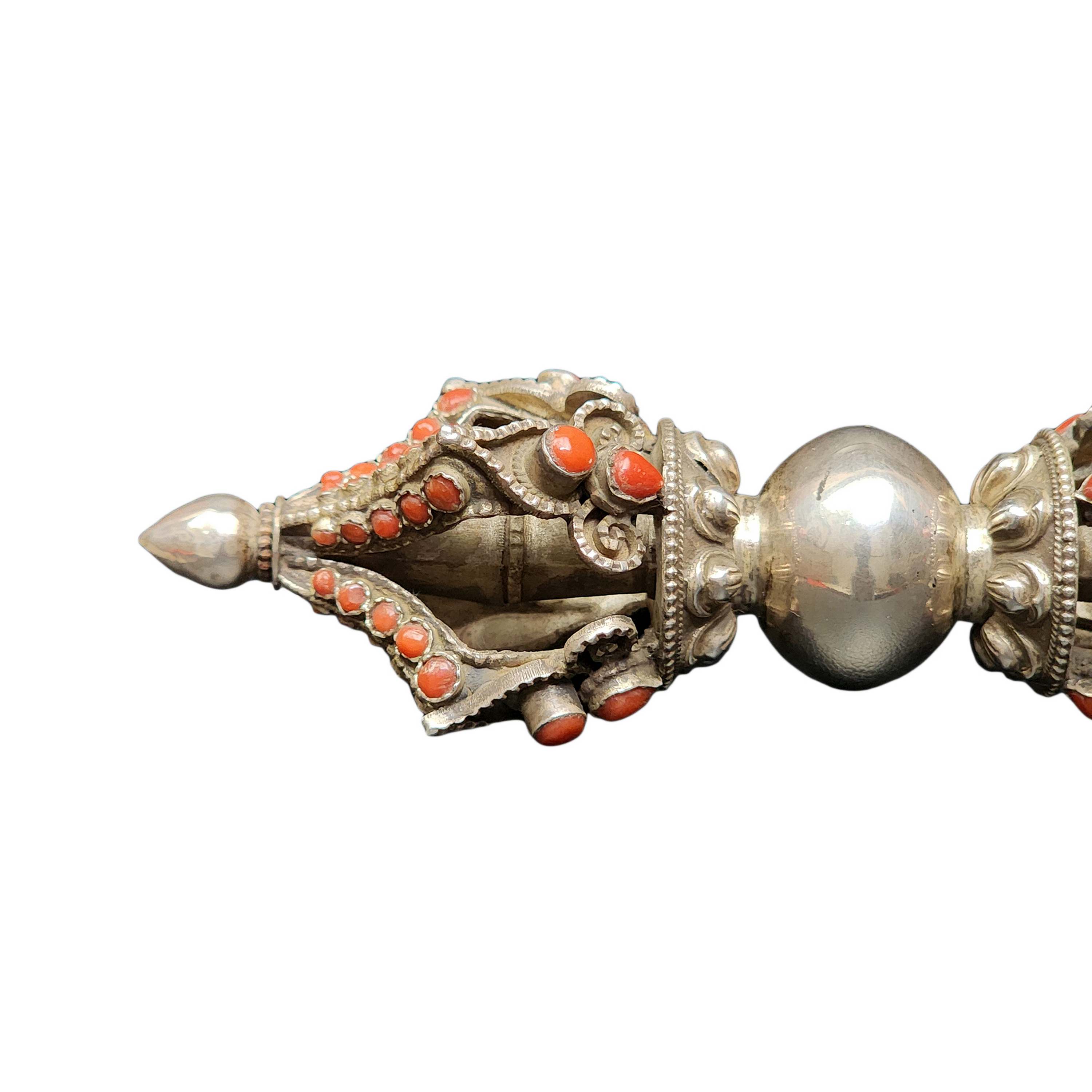 Vajra
Vajra 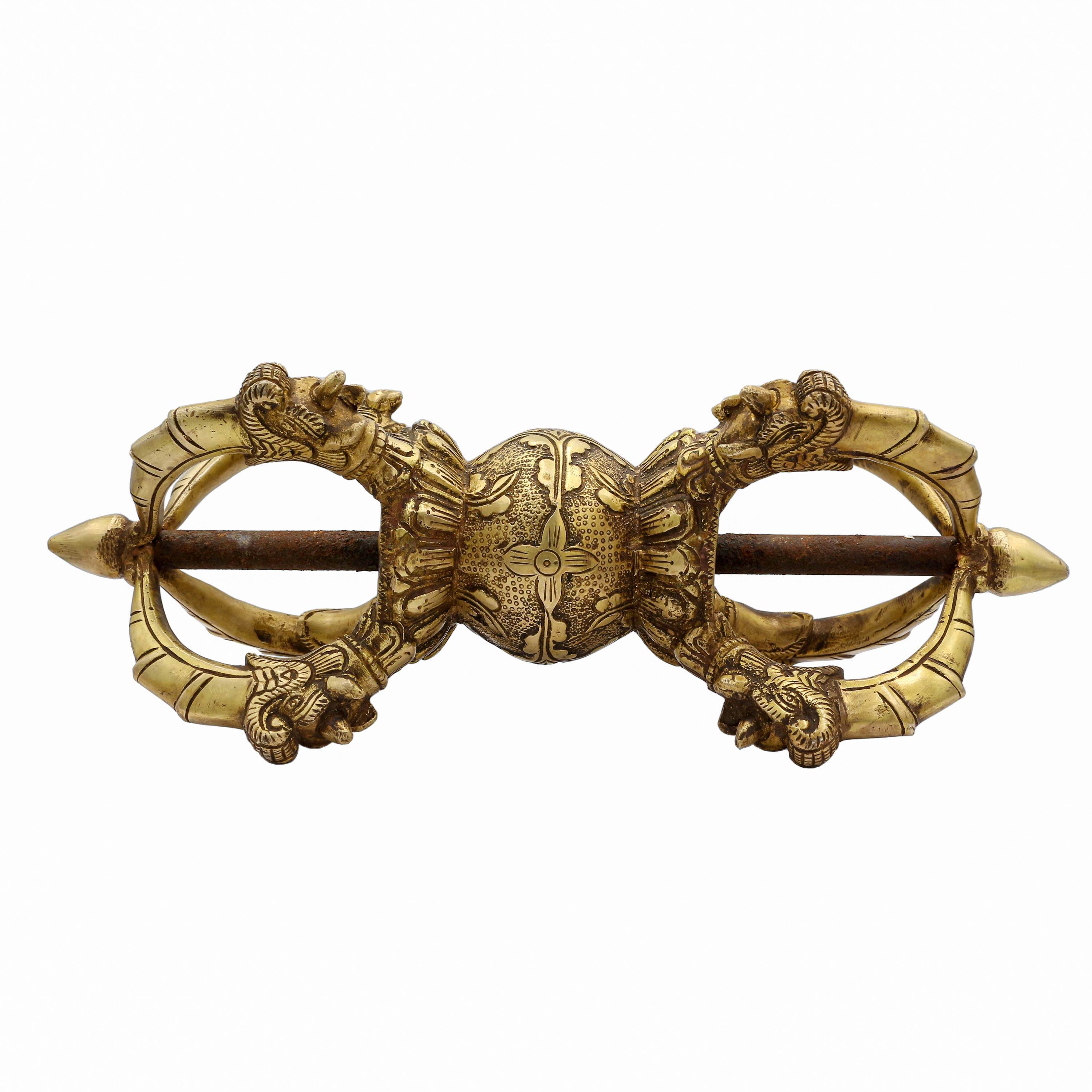 Vajra
Vajra 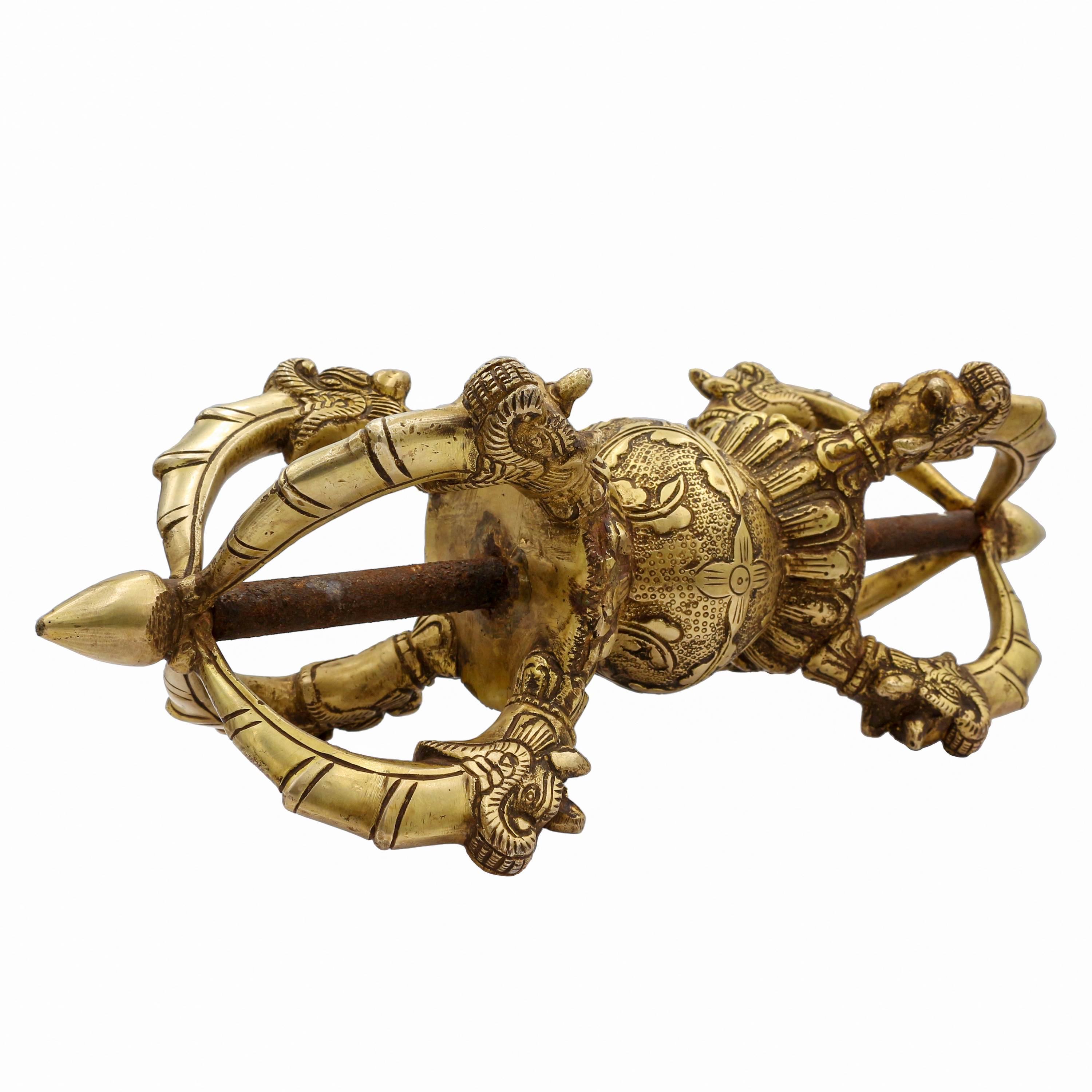 Vajra
Vajra 